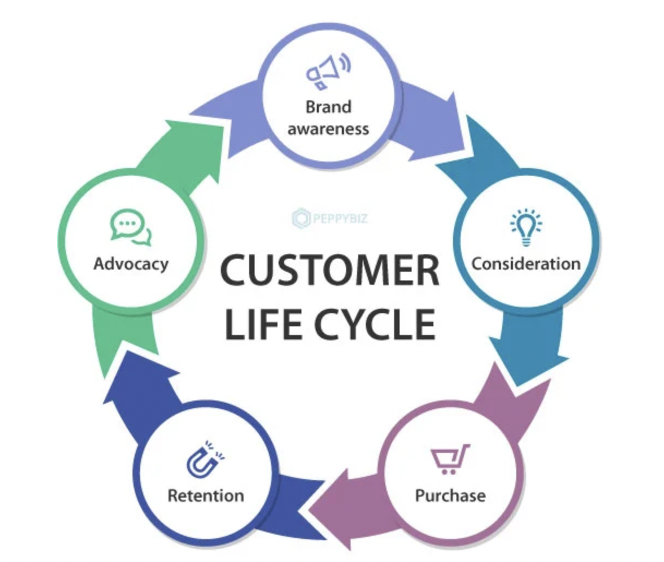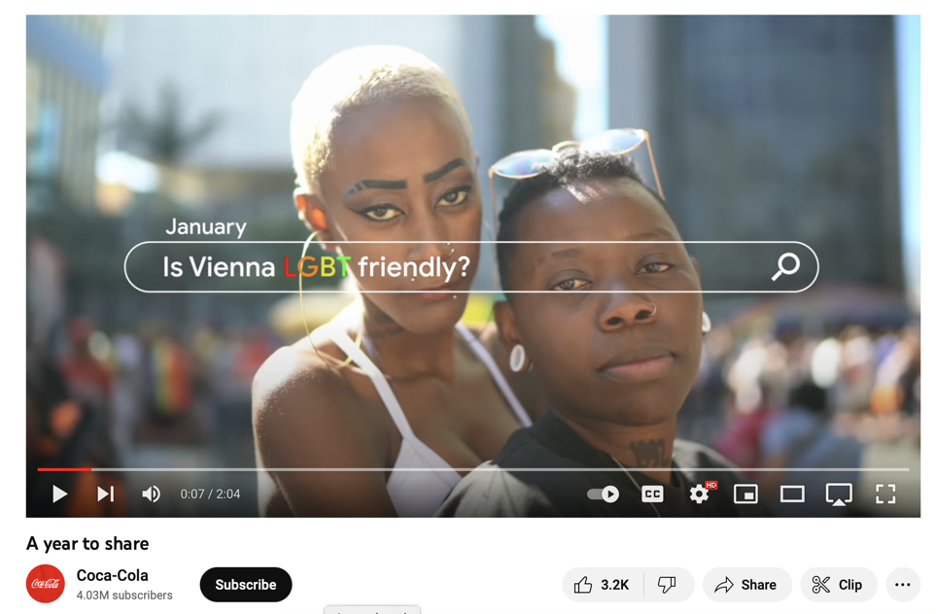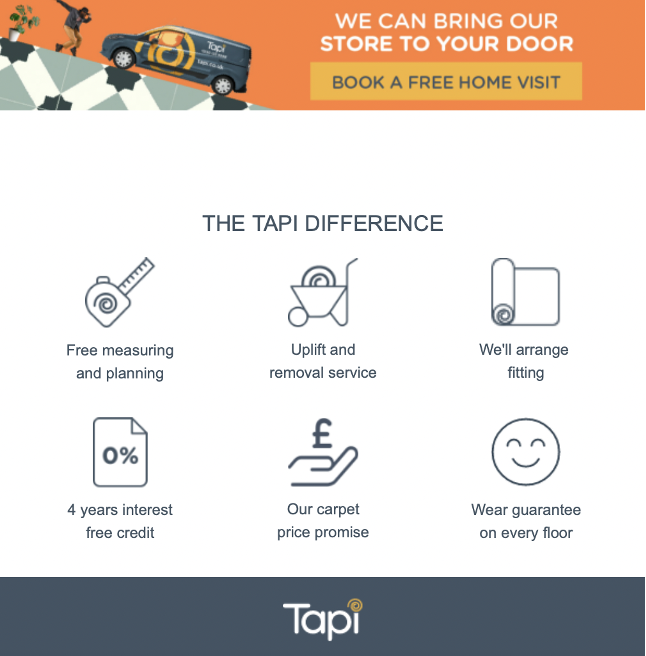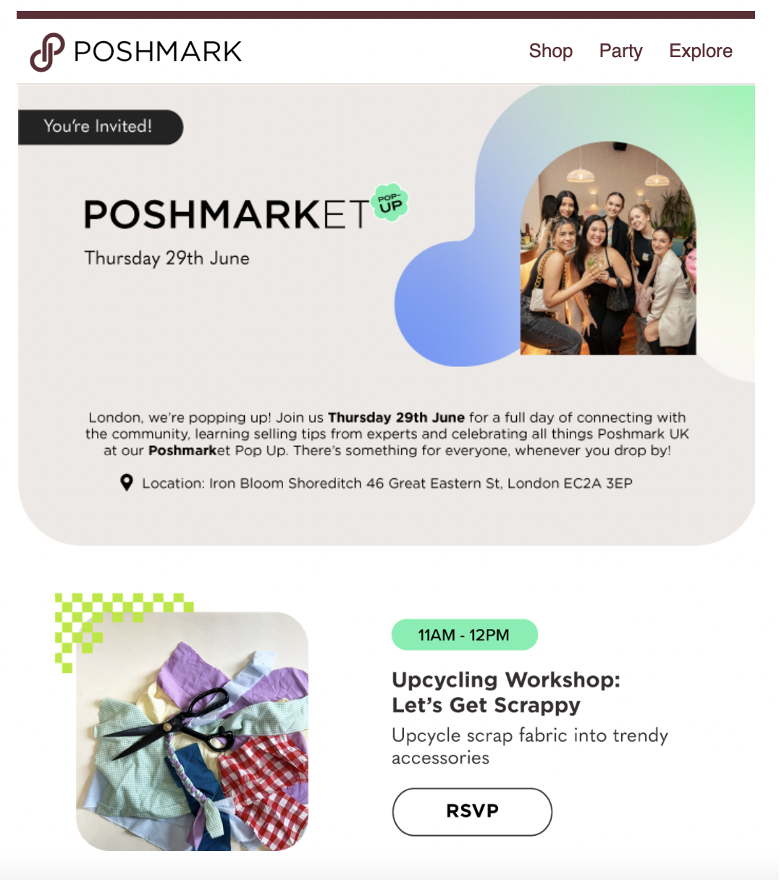The Psychology of Customer Lifecycle Marketing
What do psychology and marketing have in common? Actually, quite a bit!
Psychology, according to Webster, is “the study of mind and behaviour in relation to a particular field of knowledge or activity”.
That's because psychology plays a vital role in understanding consumer behaviour, including what motivates them, how they make decisions, and the emotional triggers that impact their choices. These factors are crucial for successful marketing.
When psychology and marketing join forces, something magical happens. They create a powerful combination that can engage the right audience, lead them towards making purchases, and foster strong brand loyalty.
In this guide, we will outline what the customer lifecycle is and the importance of psychology in this journey, then delve into psychological principles that can be applied to each stage.

What do psychology and marketing have in common?
Actually, a surprising amount.
Webster defines psychology as “the study of mind and behaviour in relation to a particular field of knowledge or activity”. For many marketers, this will sound familiar.
That’s because psychology underpins consumer behaviour, including motivation, decision-making, and emotional triggers. All elements that are essential to successful marketing.
In fact, when combined, psychology and marketing can be a powerful force. Engaging the right audience, guiding them to purchase, and building brand loyalty.
In this guide, we will outline what the customer lifecycle is and the importance of psychology in this journey, then delve into psychological principles that can be applied to each stage.
- What is the customer lifecycle?
- Why is psychology important in customer lifecycle marketing?
- Using psychology at each stage of the customer lifecycle
- Getting started with using psychology in your customer lifecycle marketing
What is the customer lifecycle?
If you’re familiar with our content, you’ll know that we love talking about the customer lifecycle.
However, let’s begin with a refresher. After all, the customer lifecycle should be at the core of any marketing activity strategy.
In simplified terms, the customer lifecycle refers to the journey that a customer goes through from the initial awareness of a brand to the point of becoming a loyal advocate. It encompasses all the stages and interactions a customer has with a brand, from the moment they discover a product or service, through the purchasing process, and beyond.
Customer lifecycle marketing is a strategic approach that focuses on understanding and optimising the customer journey. And tailoring marketing efforts to ensure each stage is fully met.

Why is psychology important in customer lifecycle marketing?
Psychology plays a crucial role in customer lifecycle marketing by drawing on our understanding of human behaviour, decision-making processes, and emotional responses.
By incorporating psychological principles into marketing strategies, marketers can tailor their activity to effectively engage customers at each stage of the lifecycle.
Let’s explore some of the specifics.
Understand needs and motivations
By studying consumer behaviour, businesses can identify what drives customers to make purchasing decisions, alongside their preferences, and their pain points.
This knowledge allows marketers to create targeted messaging, product recommendations, and offers that resonate with each customer at each stage of their lifecycle.
Design persuasive marketing
By leveraging psychological principles such as social proof, scarcity, and reciprocity, marketers can influence customer behaviour and encourage them to take specific actions.
For instance, sharing testimonials or reviews can create social proof, influencing potential customers to trust the brand.
Communicate effectively
By understanding cognitive processes, marketers can optimise how they present certain content, making it as easy as possible for their consumers to understand, absorb, and retain information.
By incorporating emotional appeals within their marketing, brands can also evoke positive feelings and create memorable experiences, leading to stronger connections with customers.
Address customer pain points
Lastly, psychology enables businesses to address customer concerns and provide service, support, and content that directly addresses their pain points.
By understanding customer emotions and reactions, businesses can empathise with their needs, resolve issues efficiently, and ensure high levels of customer satisfaction. This contributes to customer retention and fosters long-term loyalty.
Using psychology at each stage of the customer lifecycle
Now we’ve covered why psychology is so integral to customer lifecycle marketing, let’s explore how we can put this strategy into practice at each stage of the customer journey.
Awareness
The awareness stage of the customer lifecycle is arguably the most important.
Without awareness of a brand, potential customers cannot move on to the following stages through to making a purchase and becoming loyal customers.
However, because brands have little to no data on potential customers, this stage can also be the most challenging.
Cognitive bias
Cognitive biases can be described in simple terms as shortcuts in our thinking, and is an important tactic that will feature throughout this guide.
Within marketing, the role of cognitive bias is not to trick customers, but to make them aware of your brand and ensure that your message resonates with them.
With regards to cognitive bias tactics, mere ongoing exposure can influence customers into thinking that your brand is prominent and popular. So think paid media, SEO rankings, social media posts, and press campaigns.
This activity triggers something called anchoring bias, where customers use the first information that they see as a baseline for their judgement and decisions.
Emotional appeals
By tapping into emotions through storytelling or evoking curiosity, brands can make a more memorable impact on their audience, and enhance brand recall.
This can include using emotive, punchy language and visuals, or describing the impact your product or service can make in a relatable way.
Visual stimuli
By utilising compelling visuals and colours, brands can elicit immediate emotional responses to attract attention.
For instance, purple suggests that a brand is luxurious, or imagery of people smiling suggests a positive experience with a brand.
The framing effect
Both emotional appeals and visual stimuli are connected to the framing effect, where decisions are made about a brand or product based on how they are presented.
Essentially, by presenting products, services, visuals, and copy in an engaging, informative, customer-centric way, it will be more appealing to your audience.


Consideration
Once a potential customer is aware of a brand, they will start weighing up their options. Comparing the brand to competitors, and identifying if the brand can meet their specific needs and requirements.
Social proof
97% of consumers read customer reviews before making a purchase. And nearly 82% of consumers consider their friends and family members’ opinions before buying products.
So it’s clear that social proof can make a big impact for any brand.
Begin building trust in your brand by sharing relatable stories that will reassure potential customers.
This can include testimonials, reviews, quotes, and social media content. All of which demonstrate that similar consumers have had excellent experiences.
Exclusivity
The principle of exclusivity suggests that consumers are more likely to desire something if it is exclusive, or not available to everyone. This principle plays on our natural desire to feel special and unique, as well as wanting to have what others cannot.
Exclusivity is connected to another type of cognitive bias, FOMO (fear of missing out). Suggesting that if the customer doesn’t act upon the exclusivity, they will miss out on something amazing.
By using tactics such as waiting lists and VIP pre-launches, brands can foster an air of exclusivity in their offering, increasing the buzz around their brand and consumers’ desire to engage and purchase from them.
Persuasive messaging
Crafting persuasive content that highlights a brand’s unique value proposition and addresses pain points can sway customer decisions.
At this stage, brands may have limited amounts of data on their specific customers, so tactics such as segmentation, simple personalisation, or AB testing content and messaging can help to tailor campaigns to individuals’ needs and wants.

Decision
When a customer is at the point of making a purchase, they may experience a few concerns or questions that could make or break their decision.
At this stage, brands need to offer up the right content to continue to reassure, and nudge consumers in the right direction.
Zero-risk bias
The zero-risk bias is all about certainty.
At this stage brands should focus on reassuring the potential customer that they are mitigating any risks by sharing information on guarantees, free samples, or returns policies to help reduce perceived risk and encourage customers to take the leap.
Trust and credibility
Brands should also continue to focus on building trust through transparent communication.
Continuing to share essential information such as delivery processes, customer service contacts, and more social proof can help to alleviate any concerns a potential customer may have.
Decision simplicity
When customers are ready to make a purchase, brands need to keep the purchase process as simple as possible to ensure customers don’t become distracted, frustrated, or begin having second thoughts.
This involves minimising steps to purchase, providing clear calls to action, and offering a variety of straightforward payment plans or options, such as Apple or Google Pay.

Retention
Once you have secured that all-important purchase, it’s important to keep new customers happy so that they continue to choose your brand, and become loyal advocates.
Personalisation
80% of consumers are more likely to make a purchase when brands offer personalised experiences. This is partly due to personalisation emulating a one-to-one purchasing experience, helping to foster an emotional connection.
So, once they have access to a range of data on customers, such as demographic, behavioural, and purchase, brands can begin executing some impressive personalisation tactics. From recommended purchases, through to anniversary celebrations.
Positive reinforcement
Brands can continue reinforcing their positive relationship with a customer through rewards to make them feel special.
This can include exclusive and personalised offers, access to VIP sales, events, pre-launches, and dedicated loyalty programs.
Emotional engagement
Underpinning all activity from this stage onwards should be emotional engagement.
By cultivating emotional bonds through personalised communication, empathetic support, and surprise gestures, brands can create a community of loyal brand advocates.

Loyalty and advocacy
This brings us neatly onto our final stage of the customer lifecycle, loyalty and advocacy.
Satisfied customers can quickly become loyal brand advocates, who will actively promote their positive experience of the brand to other, similar customers.
Word-of-mouth amplification
Sharing user-generated content is a powerful way to strengthen customers’ relationships with one another, alongside fostering their willingness to advocate.
By encouraging and incentivising customers to share positive experiences through referrals, reviews, and social media, brands can continue to grow their reach, credibility, and community.
Social identity
A trend we have seen increasingly post-pandemic is consumers’ desire for community.
In fact, a recent study found that online community participation has risen sharply in the past three years, with 56% of respondents reporting their participation has increased.
Brands can identify with their customers by building exclusive communities through social media, portals, email communications, or a variety of events.
Reciprocity bias
The reciprocity bias refers to a more wholesome side of marketing. Because when we receive a favour, we feel the need to return it in some form.
So, to make the first step in growing brand evangelists, be the first one to give something special. Personalisation sets the foundation for reciprocity bias, and can be built upon with perks such as ‘thank you’ discounts, pre-launches, exclusive content, and benefits such as free delivery.

Getting started with using psychology in your customer lifecycle marketing
If this guide has inspired you to apply psychology to your customer lifecycle marketing, then we can help.
As a leading email marketing agency that specialises in customer lifecycle marketing, we can help you with every stage. From grabbing your audience’s attention through to building advocacy and loyalty.
So, why not get in touch for a chat with one of our experts?
Subscribe to our insights newsletter
Be the first to know what's trending in email and CRM.
Share this story
Related insights

Article 5 min read
Last-Minute Christmas Email Marketing Ideas for Your Business
Read post
Article 5 min read
